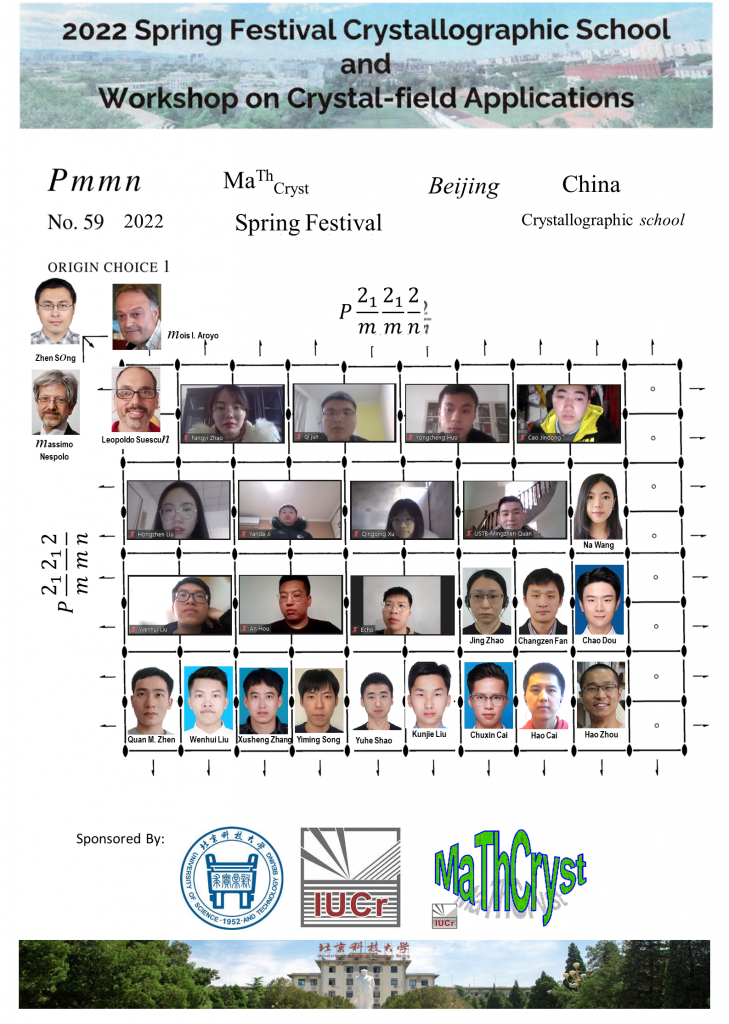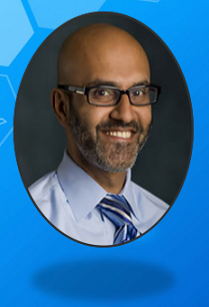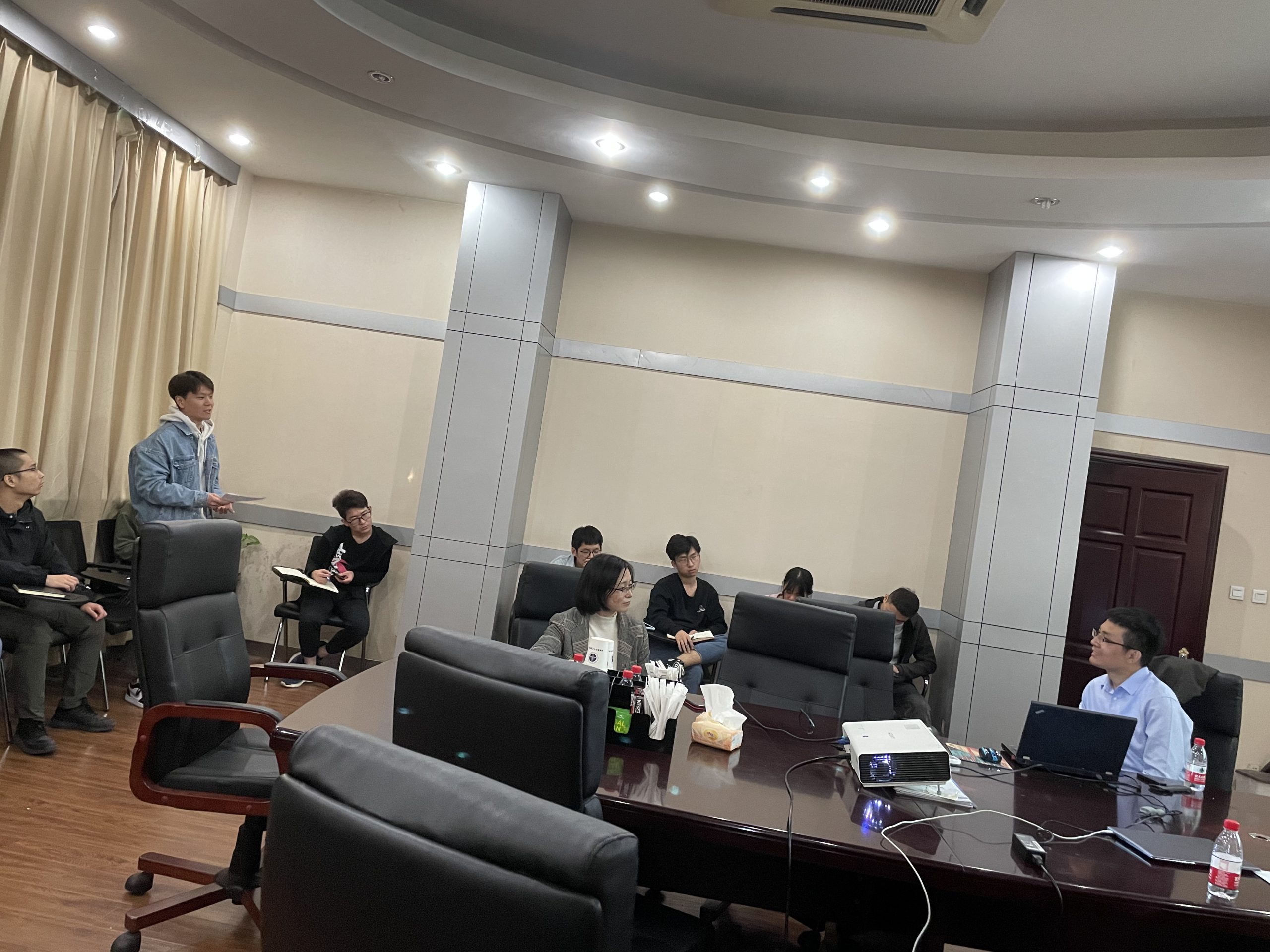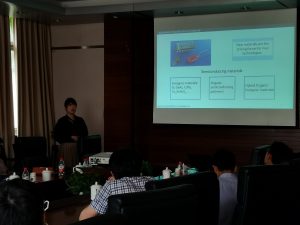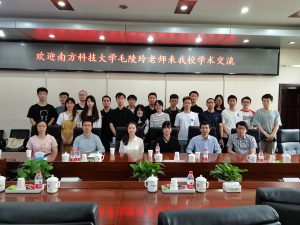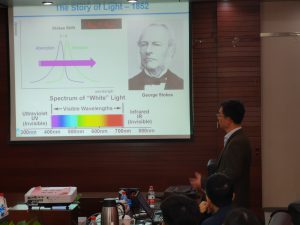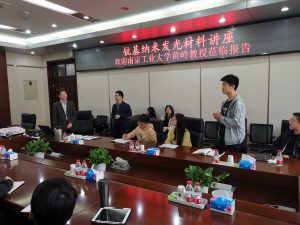Introduction to Solid State Theory:
Introduction to the Theory of Lattice Vibrations and their Ab Initio Calculation

Ion Errea Lope
University of the Basque Country
Ion Errea holds a degree (2007) and PhD (2011) in Physics from the University of the Basque Country (UPV/EHU). He was a post-doctoral researcher at the Pierre and Marie Curie University in Paris and the Donostia International Physics Centre (DIPC). He was shortlisted for the 2015 Volker Heine Young Investigator Award and was selected Emerging Leader by the Journal of Physics: Condensed Matter. Since 2018, he has led the research group on Quantum Theory of Materials at the Centre for Material Physics (CSIC-UPV/EHU). His research focusses on the development of theoretical methods of calculating complex properties of solids and has been published in prestigious scientific journals including Nature, P. N. A. S, Nano Letters and Physical Review Letters. He has also been a guest speaker at dozens of international conferences.
| 1 | Mar 21, Monday, 19:00 | Electrons and Ions in Solids | Replay |
| 2 | Mar 22, Tuesday, 19:00 | Classical Theory of Lattice Vibrations | Replay |
| 3 | Mar 24, Thursday, 19:00 | Quantum Theory of Lattice Vibrations | Replay |
| 4 | Mar 25, Friday, 19:00 | Calculation of Harmonic Phonons with DFT or Other Methods | Replay |
| 5 | Mar 28, Monday, 19:00 | Hands-on Tutorial on the Calculation of Harmonic Phonons with DFT | Replay |
| 6 | Mar 29, Tuesday, 19:00 | Measuring Phonons and the Problems of the Harmonic Approximation | Replay |
| 7 | Mar 31, Thursday, 19:00 | Anharmonicity Beyond Perturbation Theory: the SSCHA method | Replay |
| 8 | Apr 1, Friday, 19:00 | Hands-on Tutorial on the SSCHA | Replay |
| 9 | Apr 4, Monday, 19:00 | Quantum and Anharmonic Effects on Superhydrides | Replay |
| 10 | Apr 5, Tuesday, 19:00 | CDW and Ferrroelectric Transitions | Replay |
课程资源下载:https://ehubox.ehu.eus/s/LXtmHSbgrbQxa24?
ZOOM ID: 458 375 4881 密码:410318
腾讯会议:964-3331-6875
联系人:刘泉林 宋振

